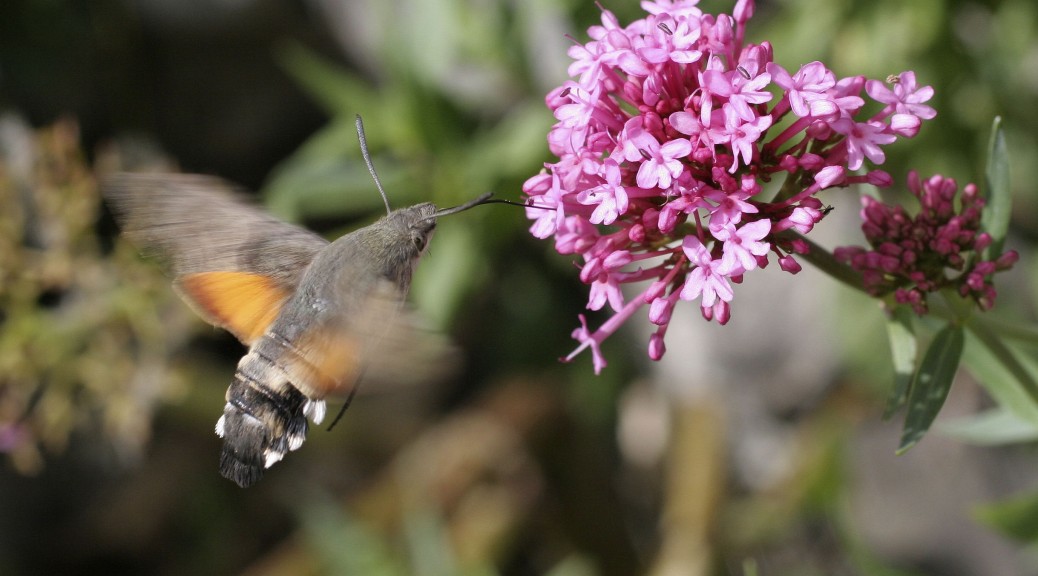Everyone seems to have bucket lists, or wish lists these days. Not to be outdone, there are ten species that I hope to see during my month long Wild Ireland Tour. Some I have seen before, other I have not. Regardless, all are special and a privilege to see. So my wish list, in no particular order is:
1. Basking shark or sun-fish – Scientific name: Cetorhinus maximus
Irish name: Liabhán chor gréine
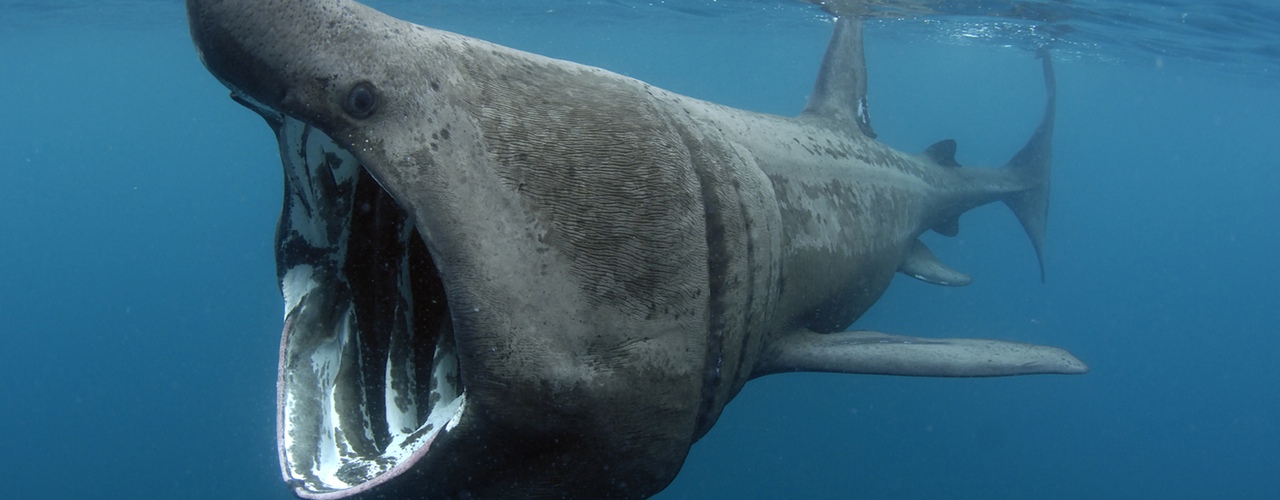
Basking shark can be seen in shallow waters off the coasts of Kerry, Galway and Mayo. The second largest fish, it was known as the sunfish for sighting of it coincided with the calm sunny weather in spring and summer. It is a plankton feeder, so swims slowly through the water with its mouth opened wide. It is seen regularly along the shallow bays of the west coast during the summer months, but I have yet to see one. I would love to spot this enormous creature with its characteristic dorsal and tail fins showing dramatically above the surface. Spring and early summer is the time to see basking sharks, and they were seen in good numbers earlier this year. August may be too late, but I live in hope.
2. Natterjack Toad – Scientific name: Epidalea calamita
Irish name: Cnádán
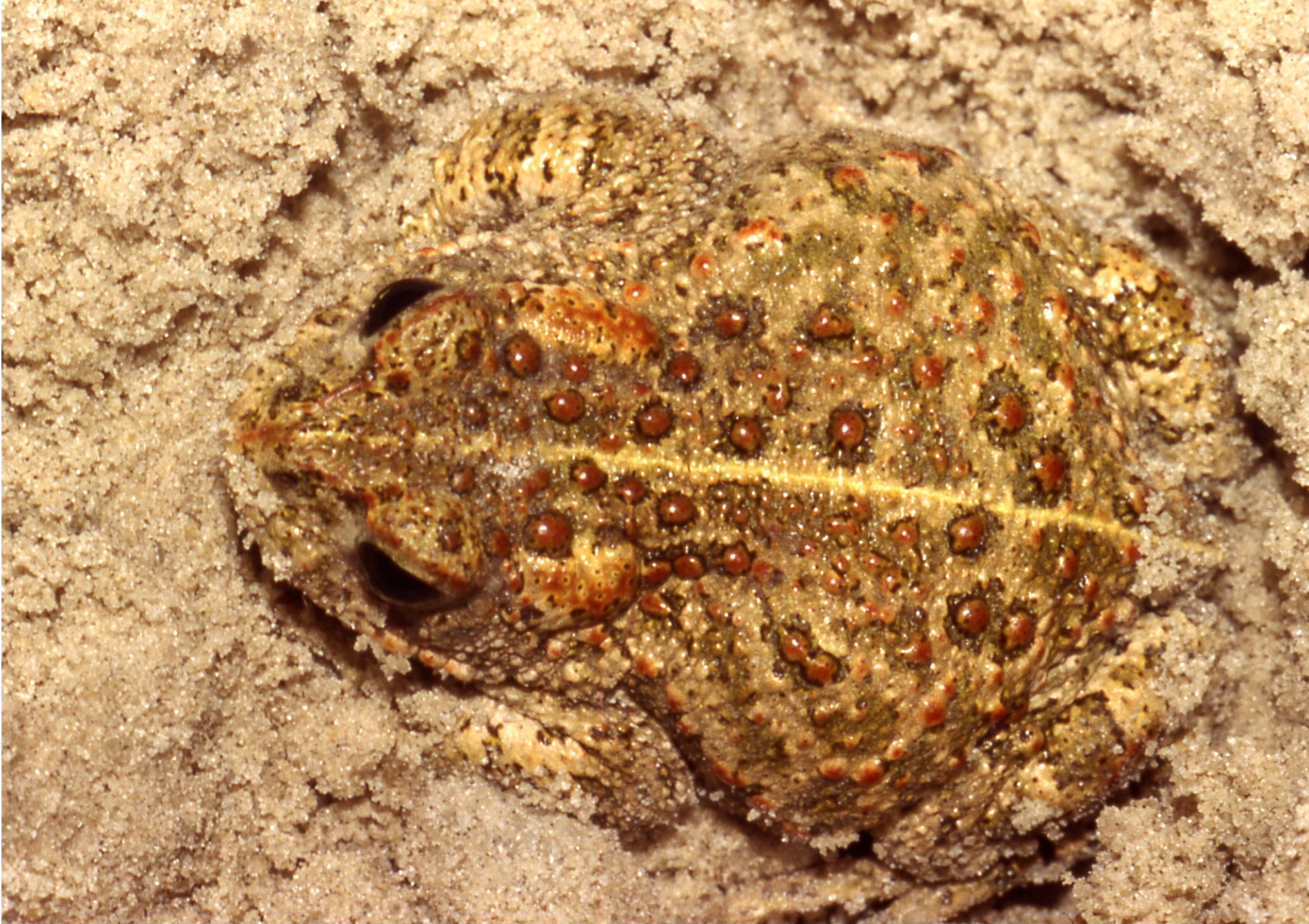
The Natterjack Toad is the only species of toad that occurs naturally in Ireland. Its range is restricted to parts of the Dingle and Iveragh Peninsulas in County Kerry, and outside Ireland, to a small area of England and the Iberian Peninsula. The population declined by as much as 50% since the mid-19th Century but recent conservation efforts spearheaded by NPWS has seen the population increase and the range expand. I have heard a great deal about the Natterjack Toad, but I have never seen one. August may not be the ideal time to see these animals, but I will leave no stone unturned until I find one.
3. Great Yellow Bumblebee – Scientific name: Bombus distinguendus
Irish name: Bumbóg bhuí mhór
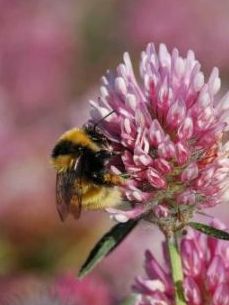
The Great Yellow Bumblebee is on the verge of extinction in Ireland. This beautiful bright yellow bumblebee needs large areas of flora-rich meadows and grasslands to live, a habitat that has become increasingly rare in Ireland. Now the best places to find this bumblebee are the Burren, Co. Clare, the Aran Islands, Co. Galway and The Mullet peninsula, Co. Mayo. A colleague of mine, Úna Fitzpatrick, works on Irish bees, so I have heard a great deal about this bee but have never been lucky enough to see one. My tour will bring me to parts of the country where the remaining populations of this species survive; so hope I can add this species to my list of exciting discoveries. If all else fails, I will have the help of Dave Suddaby at Termoncarragh, where he has discovered a population in recent years.
4. Brown Hairstreak – Scientific name: Thecla betula
Irish name: Stiallach donn
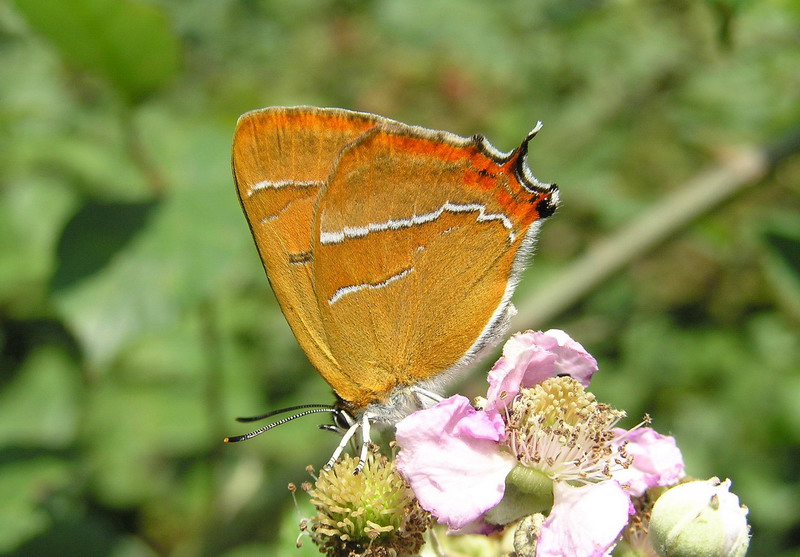
The only places that you will see the brown hairstreak butterfly in Ireland are the more shrub-covered parts of the Burren, Co. Clare and nearby parts of Galway. It is an unobtrusive butterfly that tends to keep to the high foliage of bushes. The flight period of the brown hairstreak is August and September, hopefully it will have emerged just in time for my arrival in the Burren. I have seen and photographed this species when I worked in the Burren National Park, but that was more than 15 years ago. So seeing it again would be a real treat for me.
5. Twite – Scientific name: Carduelis flavirostris
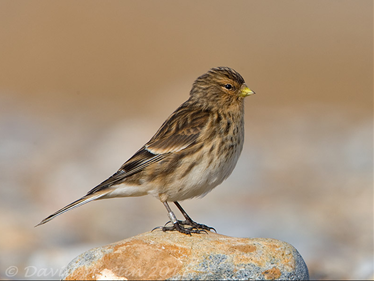
Irish name: Gleoiseach sléibhe
The twite is a small finch with a rather unremarkable appearance. It is one of Ireland’s rarest breeding birds, with as few as 100 pairs or so now breeding in the coastal parts of north-west May and south Donegal. At one time it would have bred all around the Irish coast. It is one of only three song birds considered to be at risk of extinction in Ireland. The reduction in the extent of flora-rich grasslands seems to be the main reason for its recent decline. It is a bird of wild and remote areas, but fortunately, I will have Derek McLoughlin to show me where they breed.
6. Pine Marten – Scientific name: Martes martes
Irish name: Cat crainn
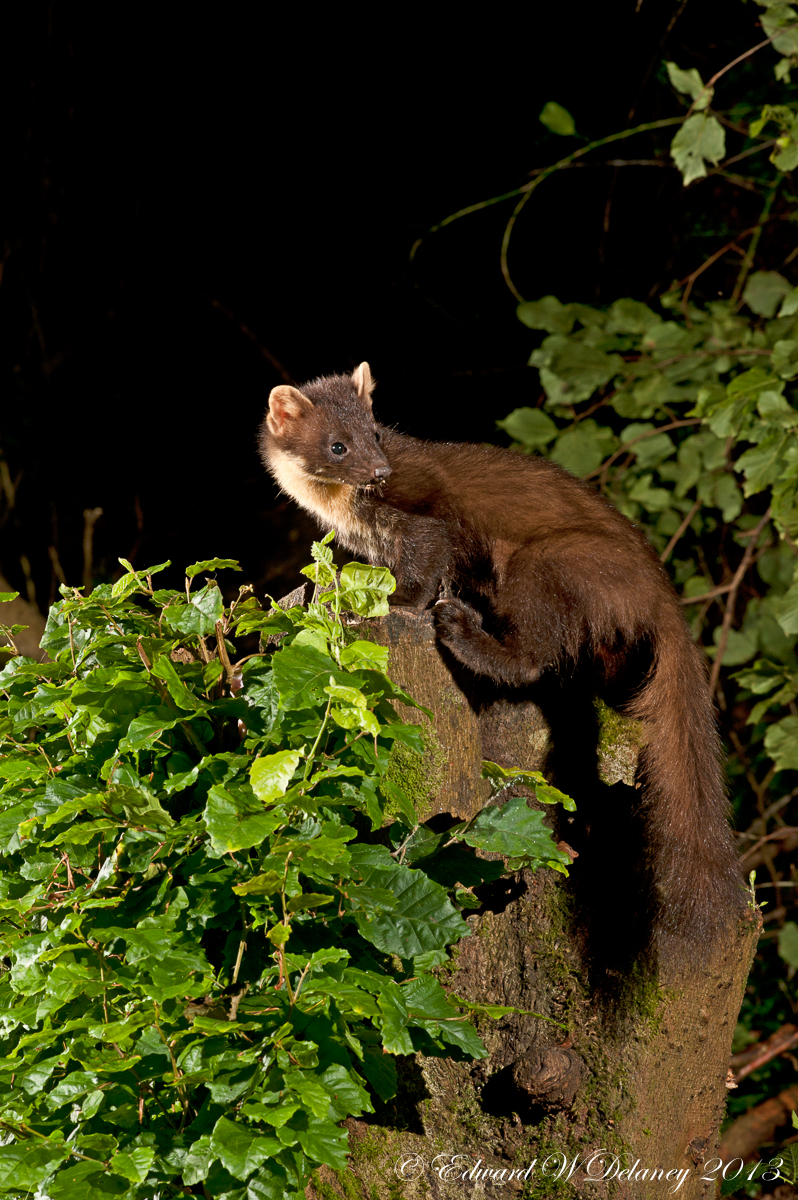
The pine marten was long regarded as one of Ireland’s rarest and most elusive animal. Until about 30 years ago it was a much rarer animal, confined to well wooded parts of the country, mainly in the west. Since then it has expanded its range and can now be found in most of the west and midlands of the country, but it remains very rare or extinct in much of Munster and Ulster. Even where it lives, it is an elusive mammal; often the only signs of its presence are the scats that it deposits. For much of the year it is solitary and keeps well hidden in its territory. Difficult to observe, but as I will be cycling quietly along many miles of road across its range, I hope to be rewarded with a glimpse.
7. Bottlenose Dolphin – Scientific name: Tursiops truncatus
Irish name: Deilf bolgshrónach
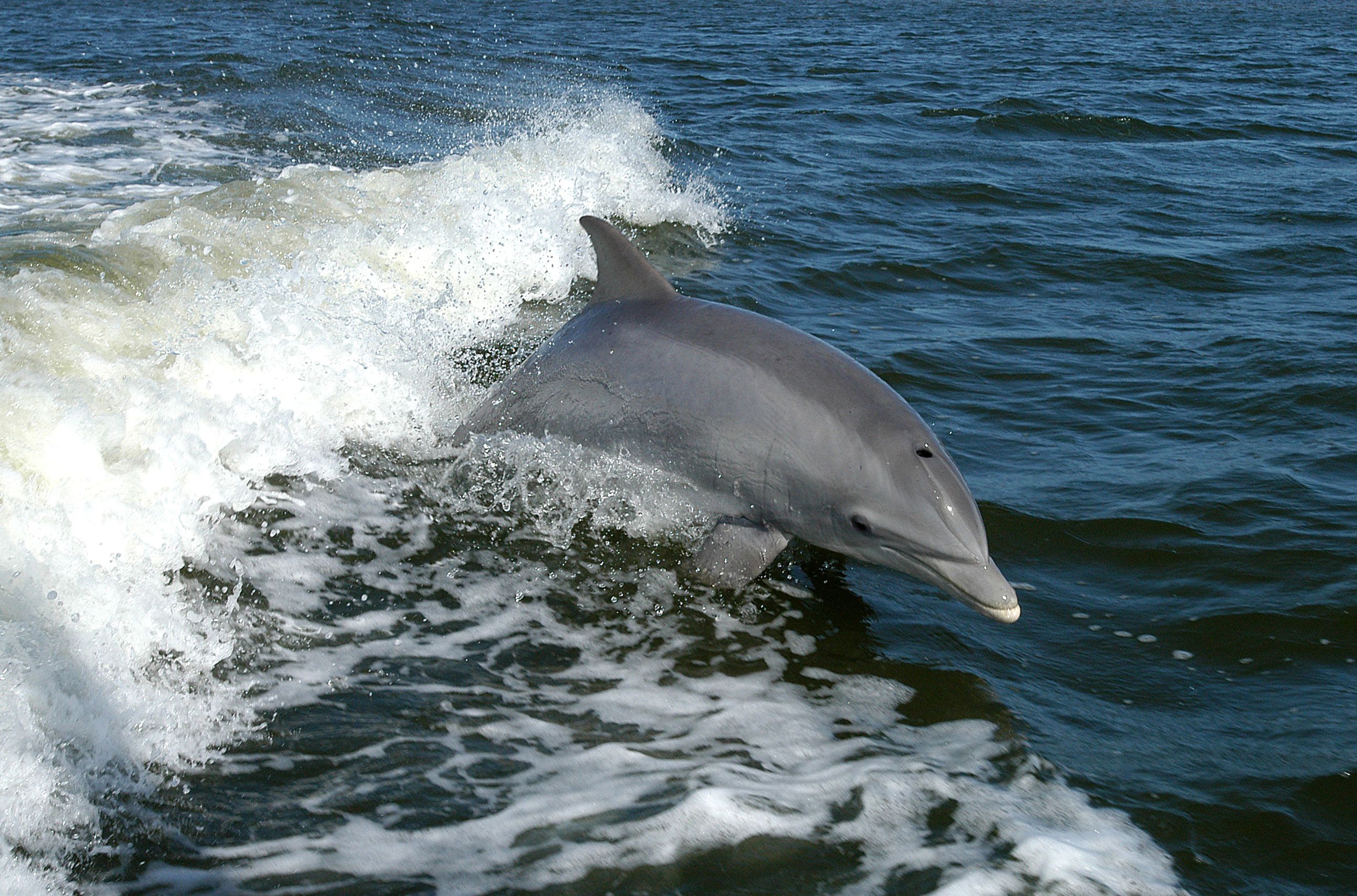
Bottlenose dolphins occurs all around the Irish coast, but is commonest along the coasts of counties Kerry, Clare, Galway, Mayo and Donegal. It commonly occurs inshore, and ventures into estuaries and rivers. Despite this, bottlenose dolphins often go unnoticed, and a special effort is needed to see them at close quarters. There is a resident population of about 130 animals in the Shannon Estuary, one of only four know resident populations of this species in Europe. This population has been studied in detail over the years by Simon Berrow, and I am extremely fortunate that he has agreed to bring me out to get close to the animals. Close encounters with this magnificent creature is an experience not to be forgotten.
8. Dorset heath – Scientific name: Erica ciliaris
Irish name: Fraoch frainseach
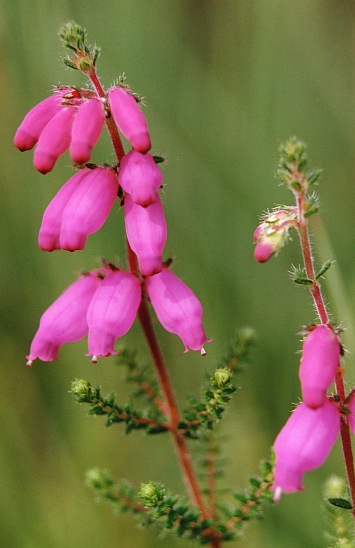
This species of heather has a curious status. Known from only a single site in Roundstone Bog, it was for a long time considered an extremely rare plant of native origin; only half a dozen or so plants of it have been found. It is legally protected under the Flora (Protection) Order of 1987, and I was once told that knowing where it grew was a ‘State-secret’. It is now believed that it may have being originally planted at the site. Still, it is kind of cool being in possession of a ‘State-secret’, and whatever its origins, it is an extremely rare plant in Ireland. So I will endeavour to find it once again, but mind you, since all these heaths look remarkably alike, I may have my work cut out for me!
9. Green Tiger Beetle – Scientific name: Cicindela campestris
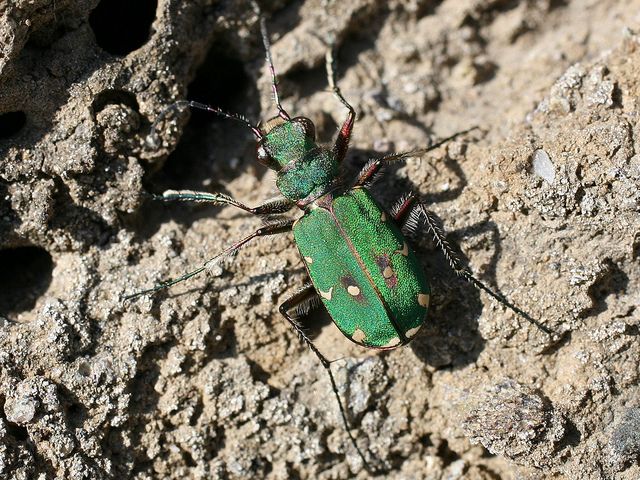
Irish name: Ciaróg thíograch uaine
I include the Green Tiger Beetle in my wish list, not because it is particularly rare, but because it is particularly beautiful. A stunningly green beetle with distinctive yellow marking, it has been found at only about a dozen locations in Ireland since 2000. It lives in areas of bare ground with sparse vegetation, such as gravel and sandy soils, raised bogs and stony ground. As there are over 2,000 different species of beetle living in Ireland, I thought I should include at least one on my wish list.
10. Humming-bird Hawk-moth – Scientific name: Macroglossum stellatarum
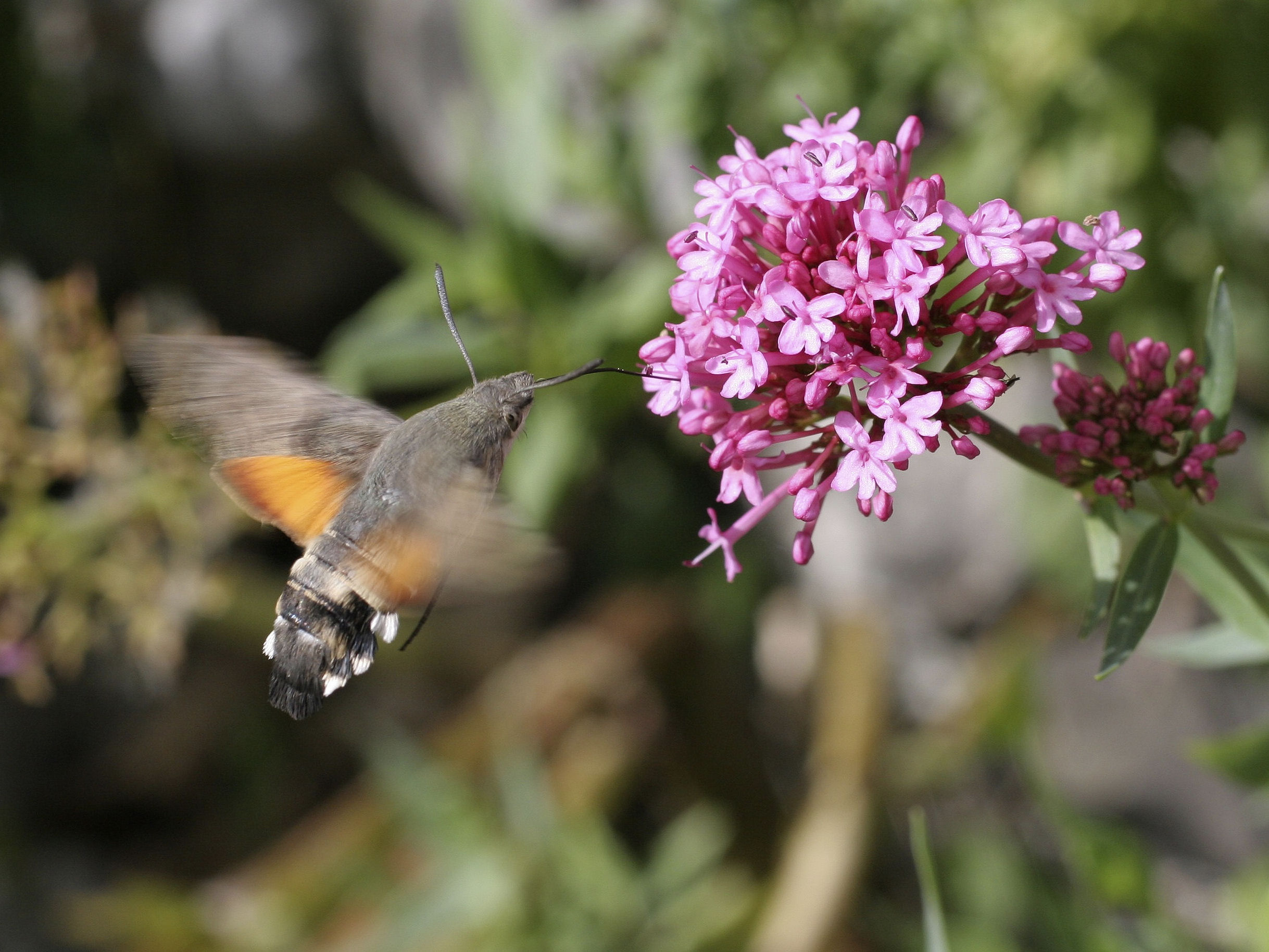
Irish name: Conach foluana
The hummingbird hawk-moth is a day flying moth, whose behaviour is very like that of a hummingbird. It hovers over flowers, feeding on nectar using its long hollow tongue. It remains stationary in this position, beating its wings extremely rapidly, before moving off to feed on the next flower, very similar to how hummingbirds behave. It is unable to survive the winter in Ireland, but new immigrants arrive each year from southern Europe and Africa. The numbers seen in Ireland each year varies depending on the weather conditions, but at least some arrive each year. I will be scanning any patches of honeysuckle and red valerian I come across in search for this remarkable moth.
These are the 10 species on my ‘wish list’, but they are only a fraction of the wonderful wildlife that I will encounter during my Wild Ireland Tour. The National Biodiversity Data Centre has just developed a biological recording app. ‘Biodiversity Ireland’. I will be testing this app. to record the species I encounter on the tour, and details will be presented on the Wild Ireland Tour website as I go.

